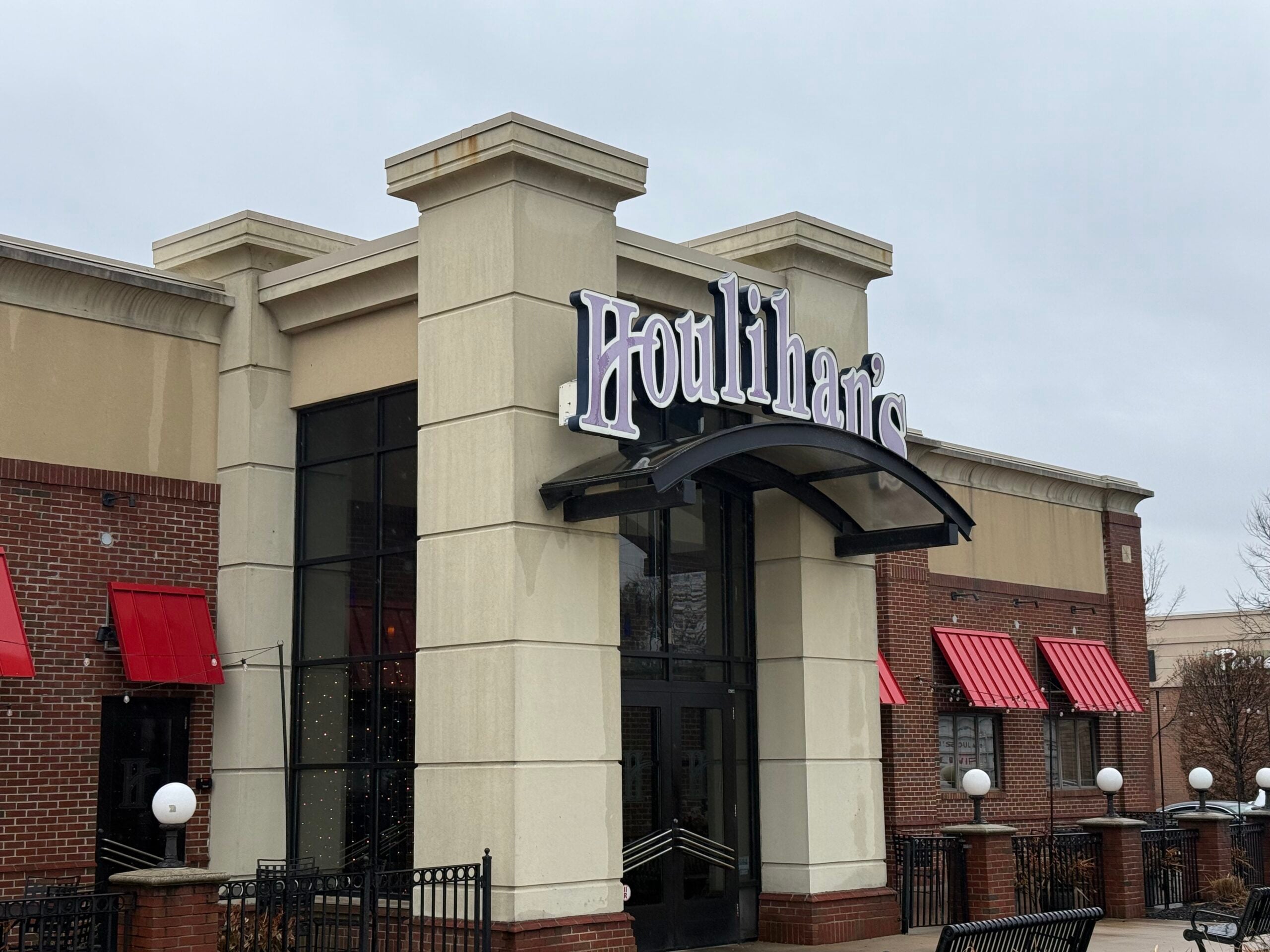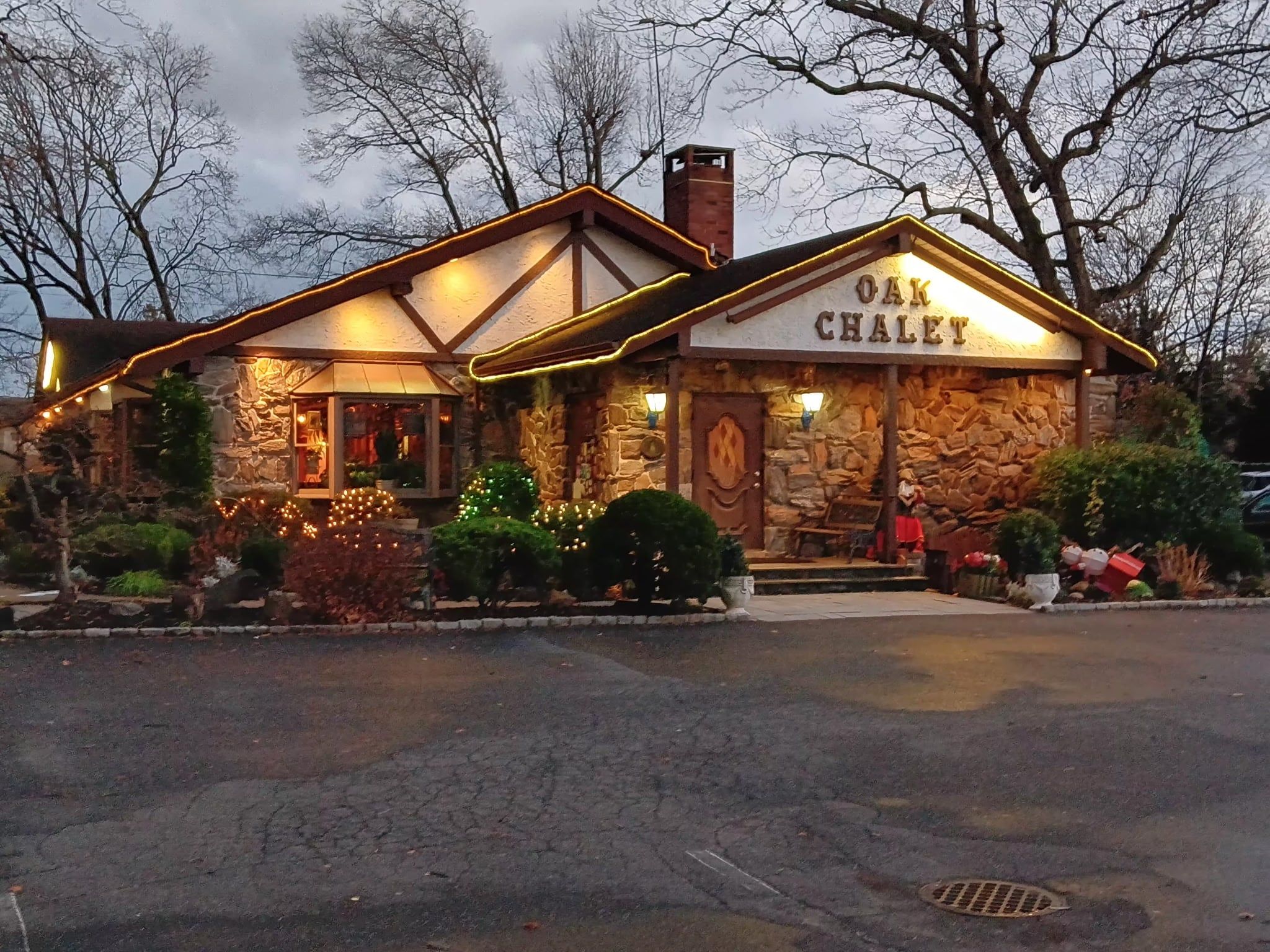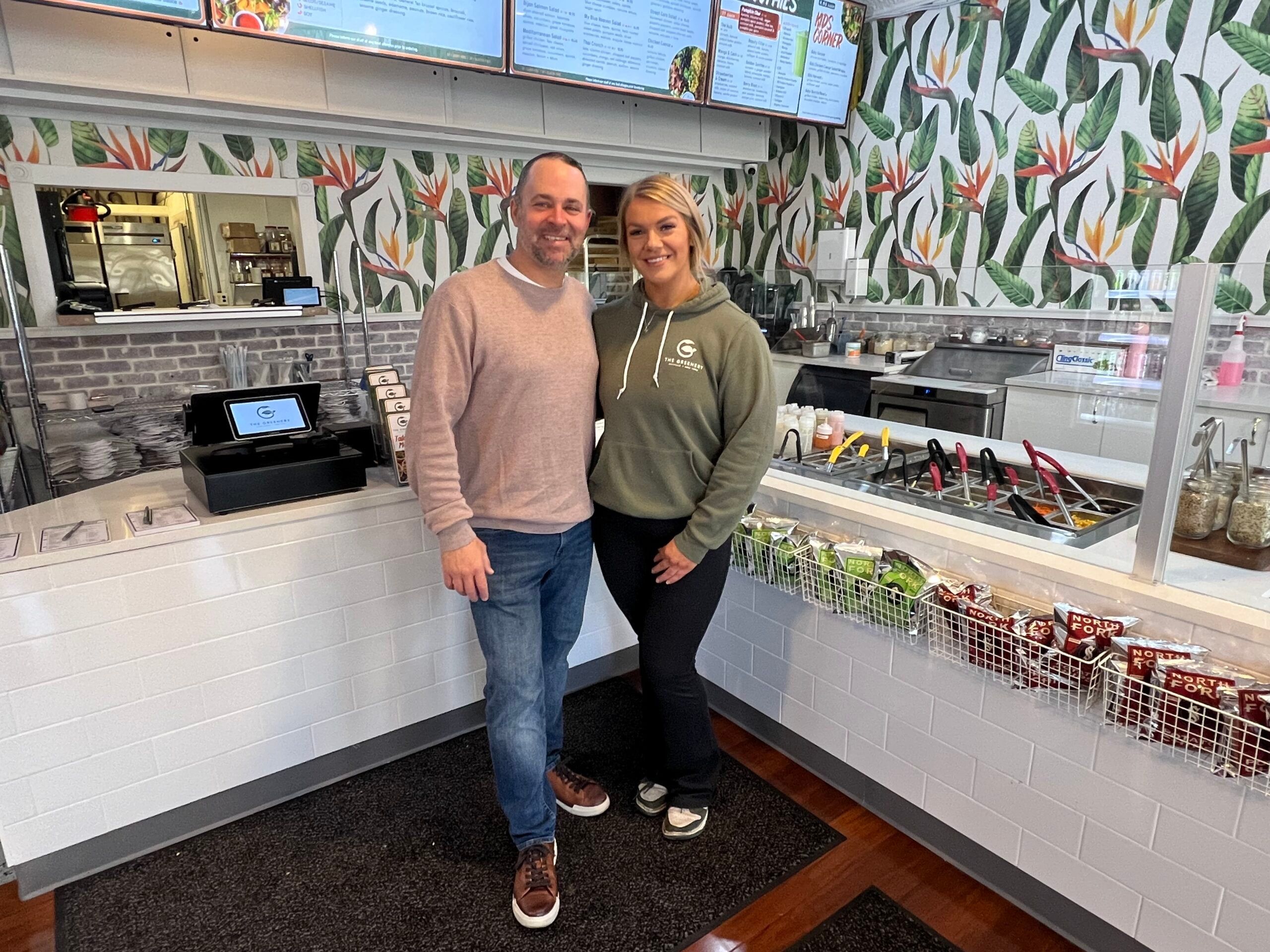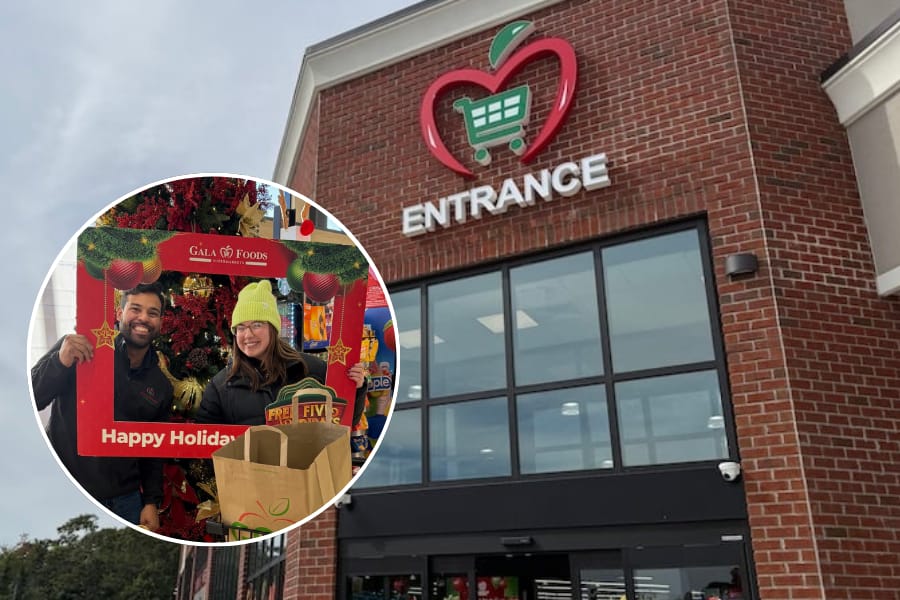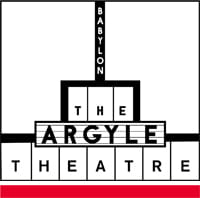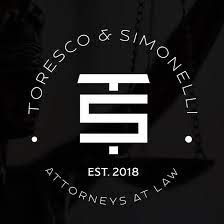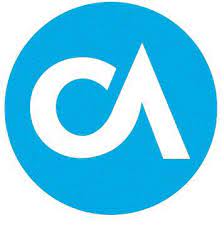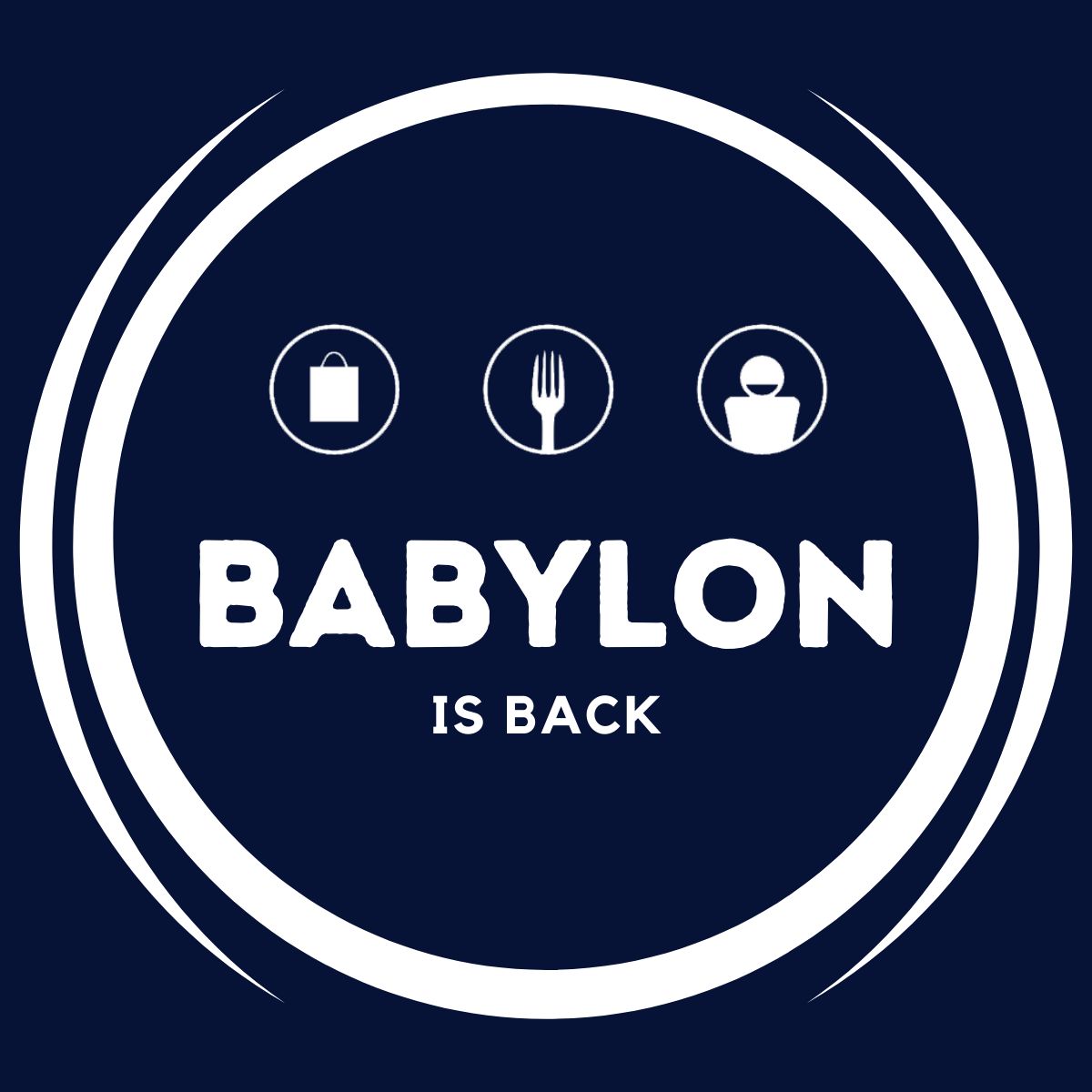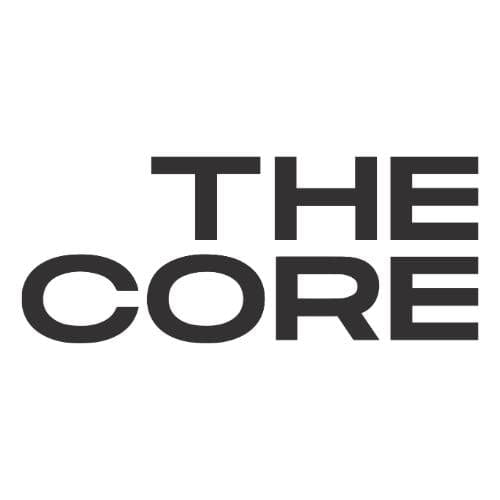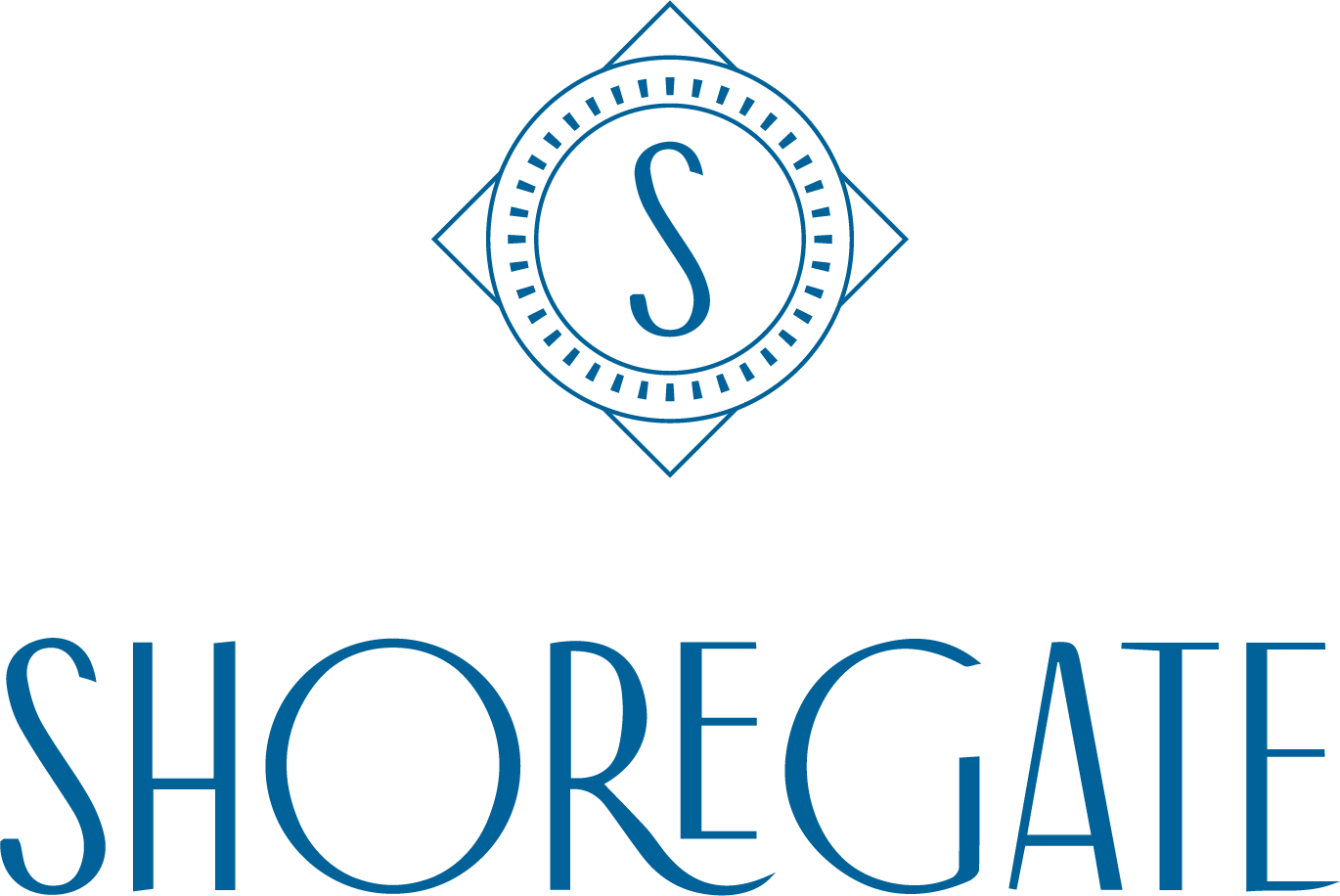

Greater Long Island coverage is funded in part by Toresco & Simonelli, a boutique injury and family law firm in West Islip. They fight for their clients. Click here to get in touch.
This one has it all. People getting drunk on apple juice. Exploding bottle caps. Hippies and shock jocks. Sit back, buckle up and enjoy this (somewhat) chronological history of Snapple.
Snap back: The beginning
In 1972, these dudes from Brooklyn wanted to sell bottled fruit juice to New Yorkers. One owned a health food store in the East Village. Two others were window washers (and brothers-in-law). None of them knew how to make fruit juice.
We are going to pause in the tale here to quickly reiterate this fact: Of all the co-founders of Snapple, the exact number of them who really knew how to make fruit juice added up to zero. Zilch. Nada. No one. So when you have an idea that just might be crazy enough to work but no experience, you should actually just keep it to yourself because this is a one in a million story. A unicorn. You will probably fail.
Actually, these guys failed too. A lot.
Anyway, back when Yogi Berra was managing Willie Mays on the Mets, somewhere in Brooklyn the three dudes, Leonard Marsh, Hyman Golden and Arnold Greenberg, launched their juice company called Unadulterated Food Products.
With a catchy name and knowing “as much about juice as about making an atom bomb,” according to a later interview with Marsh, these guys went about fulfilling their vision to sell this stuff to people in the city. Presumably these people were granola-crunching hippies because the change in demographic of the neighborhood around Greenberg’s East Village family deli went from predominantly Jewish to counterculture and prompted him to start peddling health food.
Again, miracle of miracles, these three guys eventually built a billion dollar company despite themselves.
With Unadulterated Food Products humming along as a part-time venture, by 1980 they came up with some cool flavors, including a carbonated apple drink. Inventing cool flavor ideas is what these guys did best, as we shall see. Unadulterated Food Products called its apple soda “Snapple” because it was a mashup of the words “snappy” and “apple.” It was their first popular drink. Very popular. And they were happy because despite not knowing a thing about making juice, they had created their first huge success.
They soon found out why their Snapple flavor was so popular when the tops started to pop off the bottles in the warehouse. These nincompoops had made fermented apple soda. Snapple was unintentionally alcoholic.
In an interview Golden acknowledged, “We’d made Champagne.”
With Unadulterated Food Products not exactly flowing off the tongue, they cast around for something that might fit a little better on the label and decided that spiked apple juice wasn’t just a great flavor but a great name. The brand name “Snapple” was already taken by a company in Texas, but the Texans sold it to them the name for $500. Yes, we already know what you’re thinking, so we did the math. That’s $1,773.64 in today’s money. Still a bargain, considering.
In the 1980’s, things really get cooking
In the 80’s, destroying the ozone with big hair was in. So was the battle royale between Coca-Cola and Pepsi. Folks were taking the Pepsi Challenge. And little Unadulterated Food Products — sorry, Snapple — came in over the top with iced tea.
Of course, they didn’t invent iced tea, but they might well have because this is where Snapple becomes Snapple.
The guys insisted that they didn’t do anything revolutionary, they just made a better iced tea by finding a way to bottle it hot and make it tasty instead of filling it with preservatives and additives. Greenberg told The New York Times once, “We came up with the first real brewed tea that was cooked.” Snapple introduced its Lemon Iced Tea flavor in 1987.
That’s when things got really interesting. Snapple iced teas became insanely popular and the company experienced double digit growth in the era of music on MTV.
If you thought shock jocks Howard Stern and Rush Limbaugh didn’t have anything in common, you’re wrong. Before they became infamous for their radio antics, both were pitchmen for Snapple from different sides of the political aisle, reading live commercials on the air.
And right around the time that the Cold War ends, as Snapple is taking over the world, they move their headquarters to Valley Stream (Coincidence? Yeah, probably.)
Snapple Lady wins the 1990’s
Wendy Kaufman was just some Five Towns gal with your typical Long Island accent and a flair for answering customer letters from Snapple’s ordering department, simply because no one else was doing it. Nothing remarkable.
Apparently the Snapple marketing department is as quirky as their founders and recognized talent when they saw it. They plucked Kaufman from the ranks, and in the early 1990’s promoted her to “Snapple Lady,” eventually featuring her in over 30 commercials, in which she reads actual customer mail and answers their questions.
A victim of their own success, the Snapple Lady became such a cultural icon at the time that Snapple began receiving more than 500 pieces of fan mail a day. Of course, Kaufman could never answer every single one, so the geniuses in marketing hired another Wendy Kaufman to answer mail.
Let us pause once again to give the marketing department credit for actually trying to find another Wendy to do this instead of making an intern do it, and then just rubber stamping her name to the letters.
Want to have a little flexibility in your work schedule? Can’t afford to commute from the city to the new location on Long Island? Oh snap! You’re having a baby? Not to worry.
Snapple was an innovator in employee benefits, giving flex hours to those who needed it and buying a bus to take all the workers who couldn’t afford the trip from Brooklyn to the new headquarters in Valley Stream. Inc. magazine said that co-founder Marsh, who was also the CEO, was called “Mr. Nice Guy” for implementing these policies.
And at this point, Snapple is so big that three things happen: They go public. They get sold. And the three guys from Brooklyn with absolutely no experience in making fruit juice make a boatload of money from making fruit juice.
Snapple invents facts in Y2K
If you remember the tops of Snapple juice always having little facts written underneath them, then you are a victim of the Mandela Effect. The company actually came up with the idea in 2002 during one of those meetings that probably could have been a long email.
Once again, the marketing department said to themselves, “what should we do with all that empty space on the bottom of our caps?” Not that anyone was asking them, but like Wendy Kauffman, the marketing department hit upon a quirky idea that just might work.
What was the first fact? Was it, “None of the three founders of Snapple knew anything about making juice?” Nope. Was it, “Snapple is a mashup of the words Snappy and Apple?” Nope. The first “Real Facts” was, “A goldfish’s attention span is 3 seconds.”
This is actually not a fact at all.
In fact, some of Snapple’s “Real Facts” turned out to not really be factual.
It took a decade but The Atlantic decided to fact check “Real Facts” and — spoiler alert — they discovered fake news among the facts.
Snapple was right about one questionable fact though: Astronauts cannot burp in space. That’s a thing you know now.
If you’re not a Snapple drinker, but love dubious facts, have no fear. The facts are available online or you can have them delivered to your phone by texting “REALFACT” to 762-775. Yes, we tested it and it’s true. (Message and data rates may apply.)
Speaking of zany ideas, The Houston Chronicle reported that Snapple planned to petition NASA to have Snapple become an exclusive beverage on flights that might have been planned to an Earth-like planet discovered by European astronomers. We have no follow up on this story, assuming it never happened.
Sadly, in the new millennium, we lost all three of the original Snapple founders. Golden died in 2008, Greenberg in 2012, and Marsh in 2013.
In 2018, something else regretful happened. As reported in the Farmington High School newspaper, Snapple replaced its glass bottles with plastic. That iconic pop as you twisted the cap and cold heavy glass in your hand are gone in a reimagining of the fruit juice packaging.
“The glass bottle was the ultimate beverage vessel for Snapple,” an opinion piece the newspaper published in 2021 says. “The new plastic bottles are nowhere near the same effect.”
In what is a surprisingly, or not so surprisingly, controversial topic among high school students, the Central Times — the newspaper from Naperville Central High School in Illinois — ran a headline that read, “The new Snapple bottle is better for the environment, but it hurts my eyes.”
This journalist wholeheartedly agrees with these opinion pieces. That’s a fact!
Top photo: FILE – This April 28, 2016, file photo shows bottles of Snapple in a cooler at Quality Cash Market in Concord, N.H. On Friday, May 14, The Associated Press reported on stories circulating online incorrectly claiming the underside of a Snapple lid shows the company included, “Trump lost and the election was not stolen,” as a “Real Fact” the company prints on its beverage lids. (AP Photo/Jim Cole, File)
